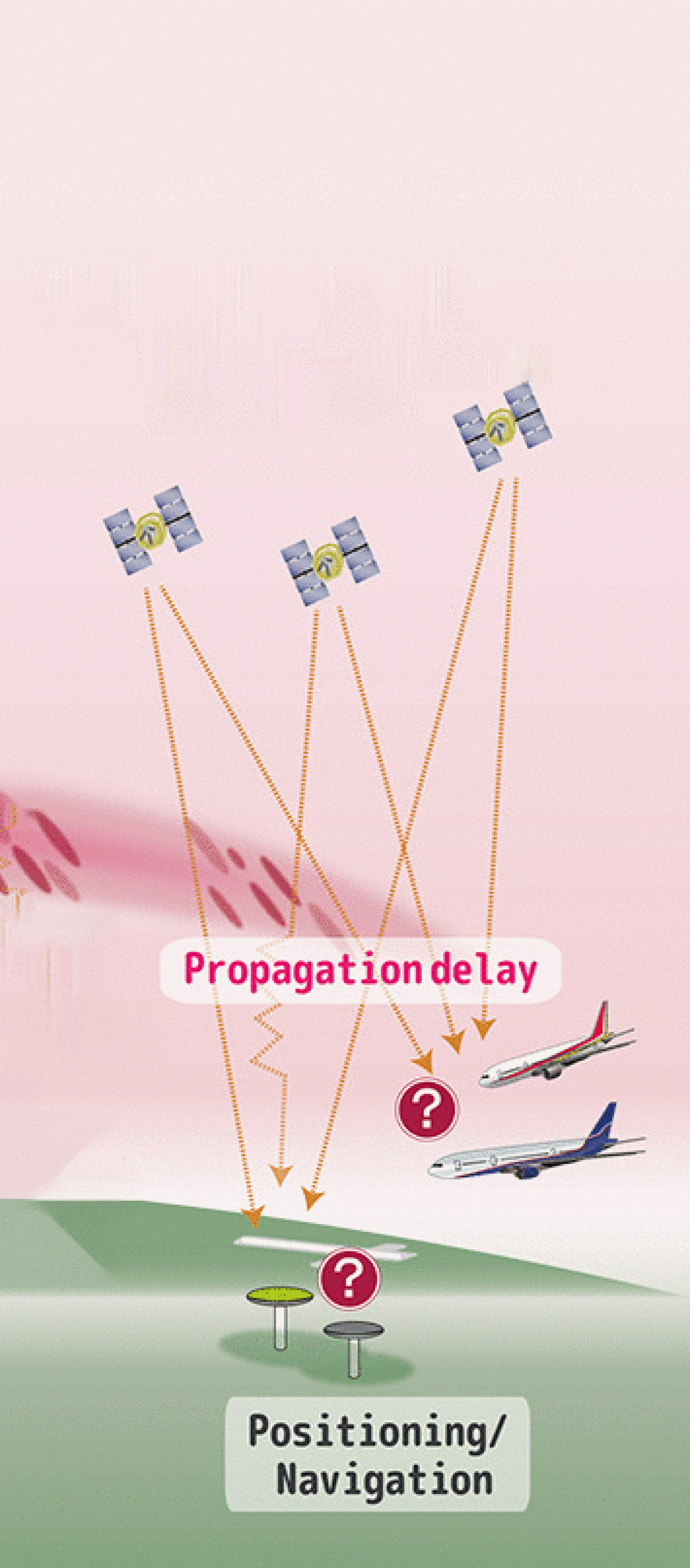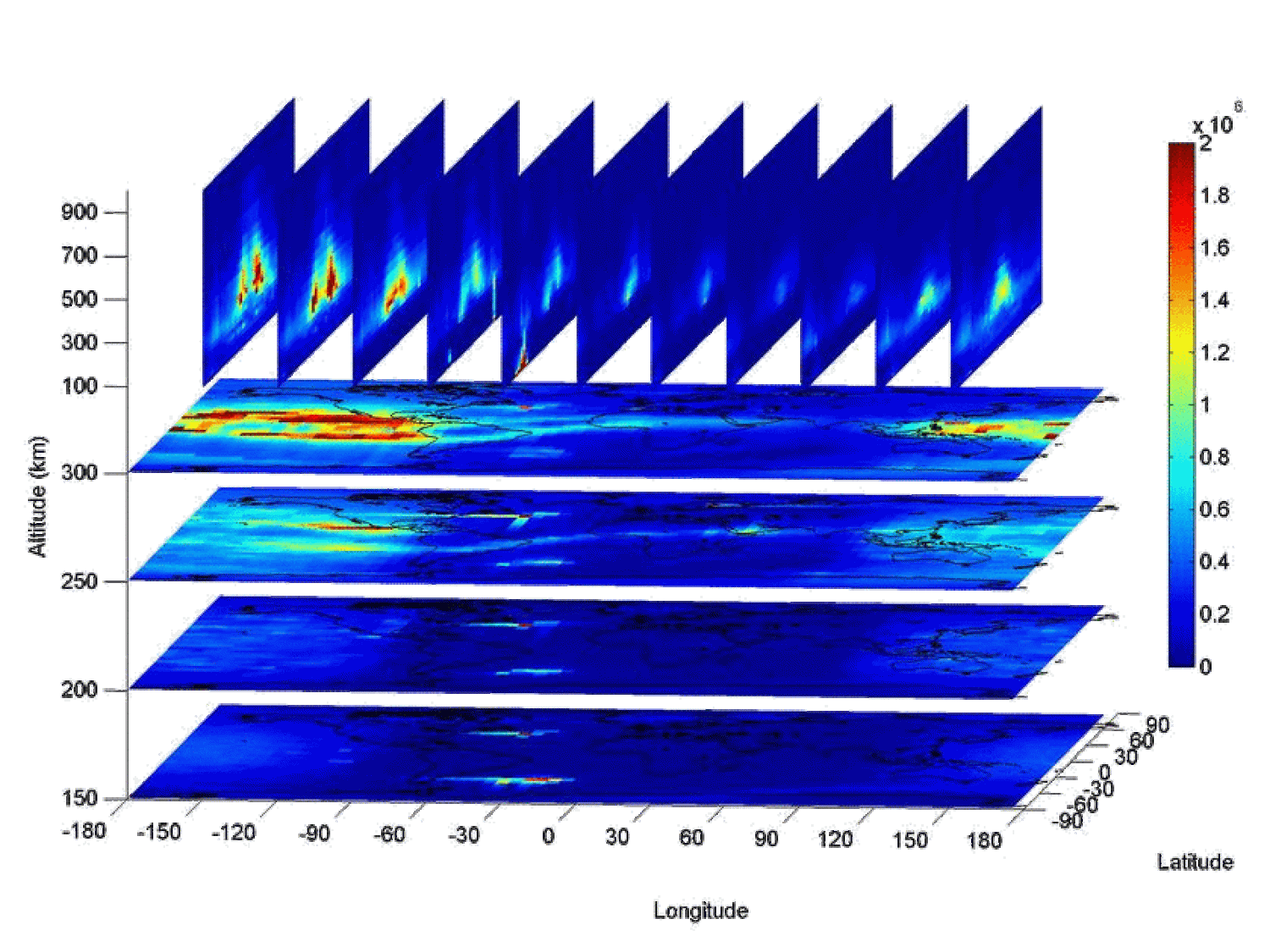The recent availability of global observations of ionospheric parameters, especially from GNSS receivers on LEO platforms, has motivated a number of attempts at assimilating ionospheric data. Our research strategy is to take advantage of the tight coupling between neutral and plasma species in the upper atmosphere in assimilation methods, to facilitate inference of under-observed thermospheric states from better observed ionospheric states. Because the ionospheric state is strongly affected by thermospheric winds, temperature, and compositions, and the thermosphere has a relatively long-term memory, this strategy can enhance the predictive capability of a coupled thermosphere and ionosphere general circulation model. Analogous approaches are found in ocean-atmosphere coupled data assimilation. We have examined the impact of assimilating GNSS-based plasma density observations, from radio occultation experiments as well as ground-based stations, into a coupled thermosphere-ionosphere model for ionospheric specification and forecasting.
- Funding sources: $160K (2013-2016) from Air Force Office of Scientific Research
- PI: Tomoko Matsuo (CU-Boulder)
- Collaborators: NCAR, National Cheng Kung University, Taiwan, National Central University, Taiwan, and John Hopkins University Applied Physics Laboratory
- Societal relevance: Ionospheric specification and forecasting is highly relevant to communication, navigation and positioning systems.



